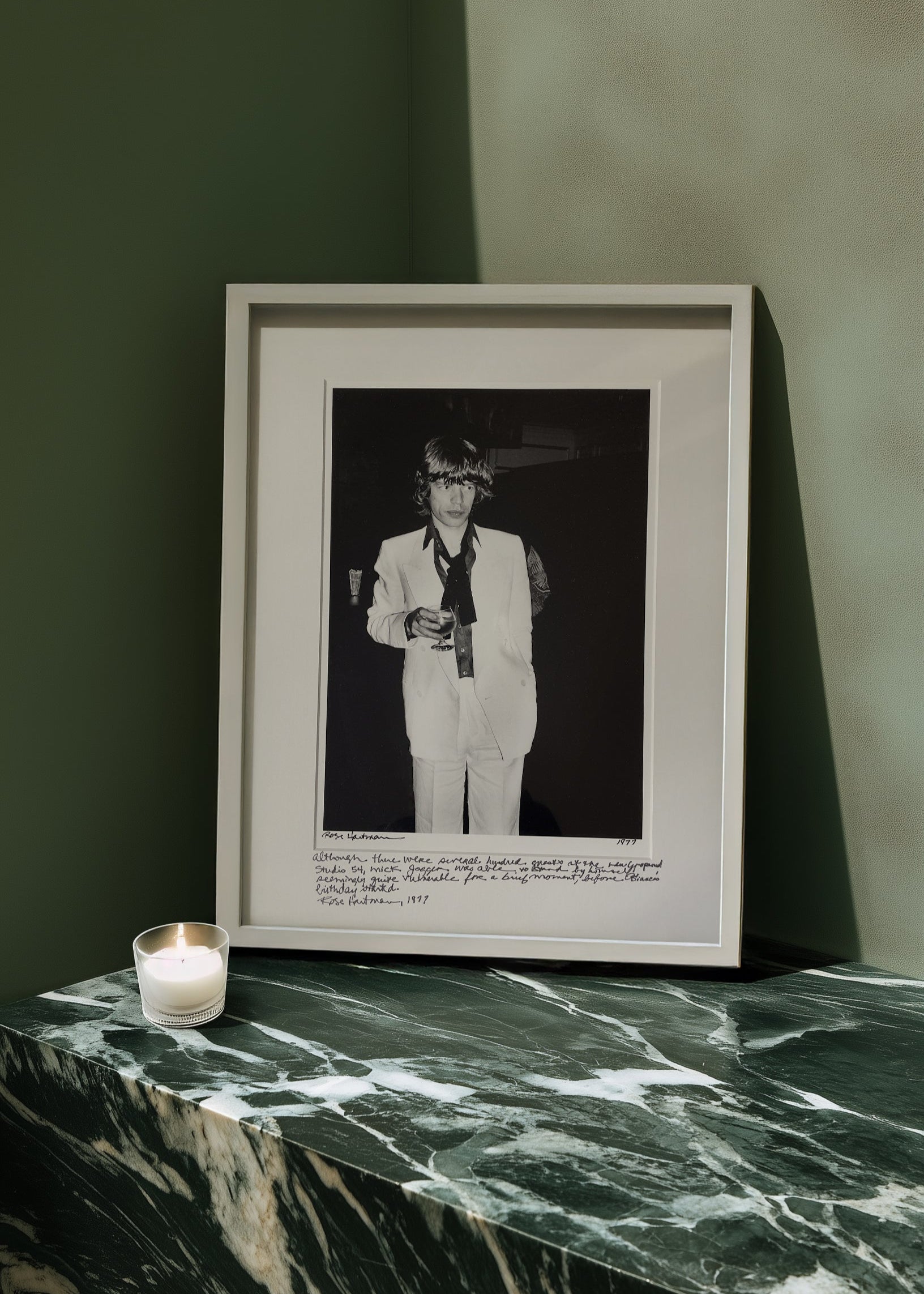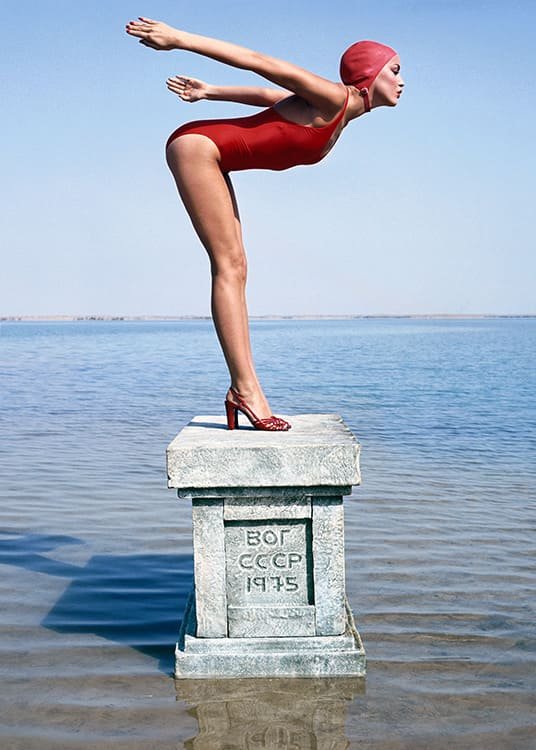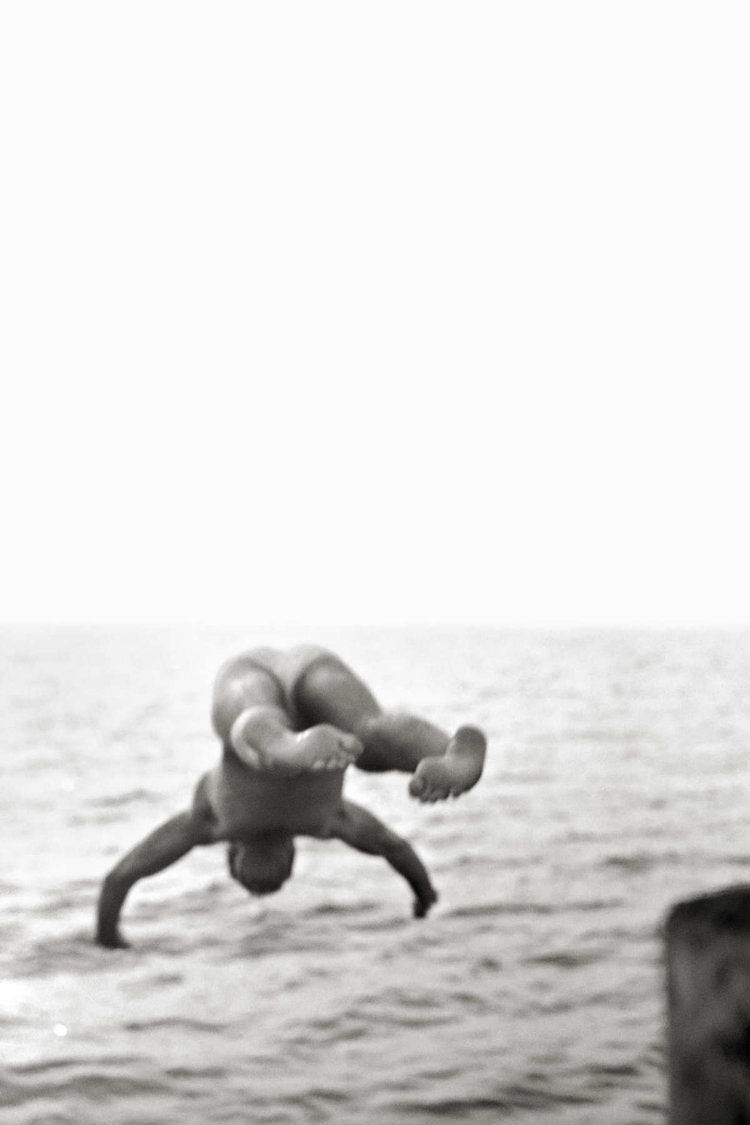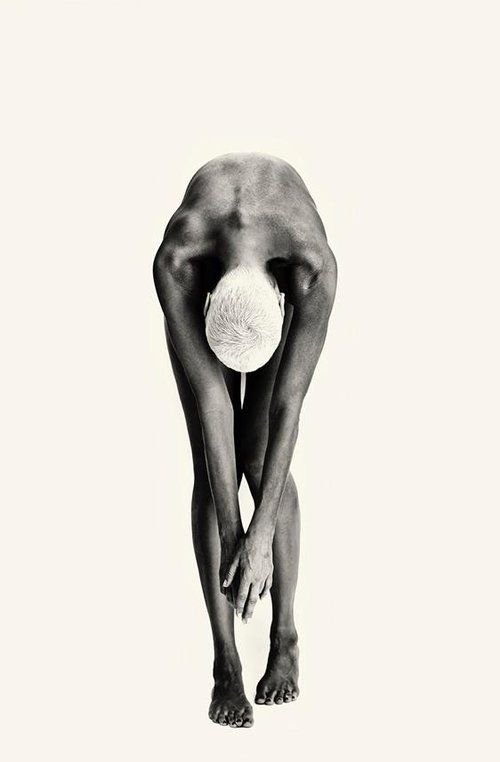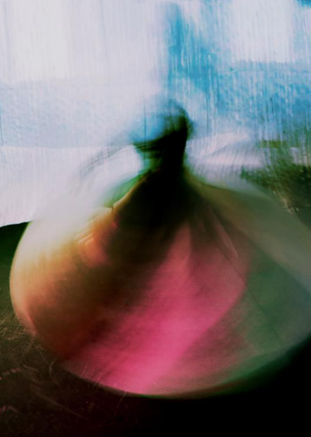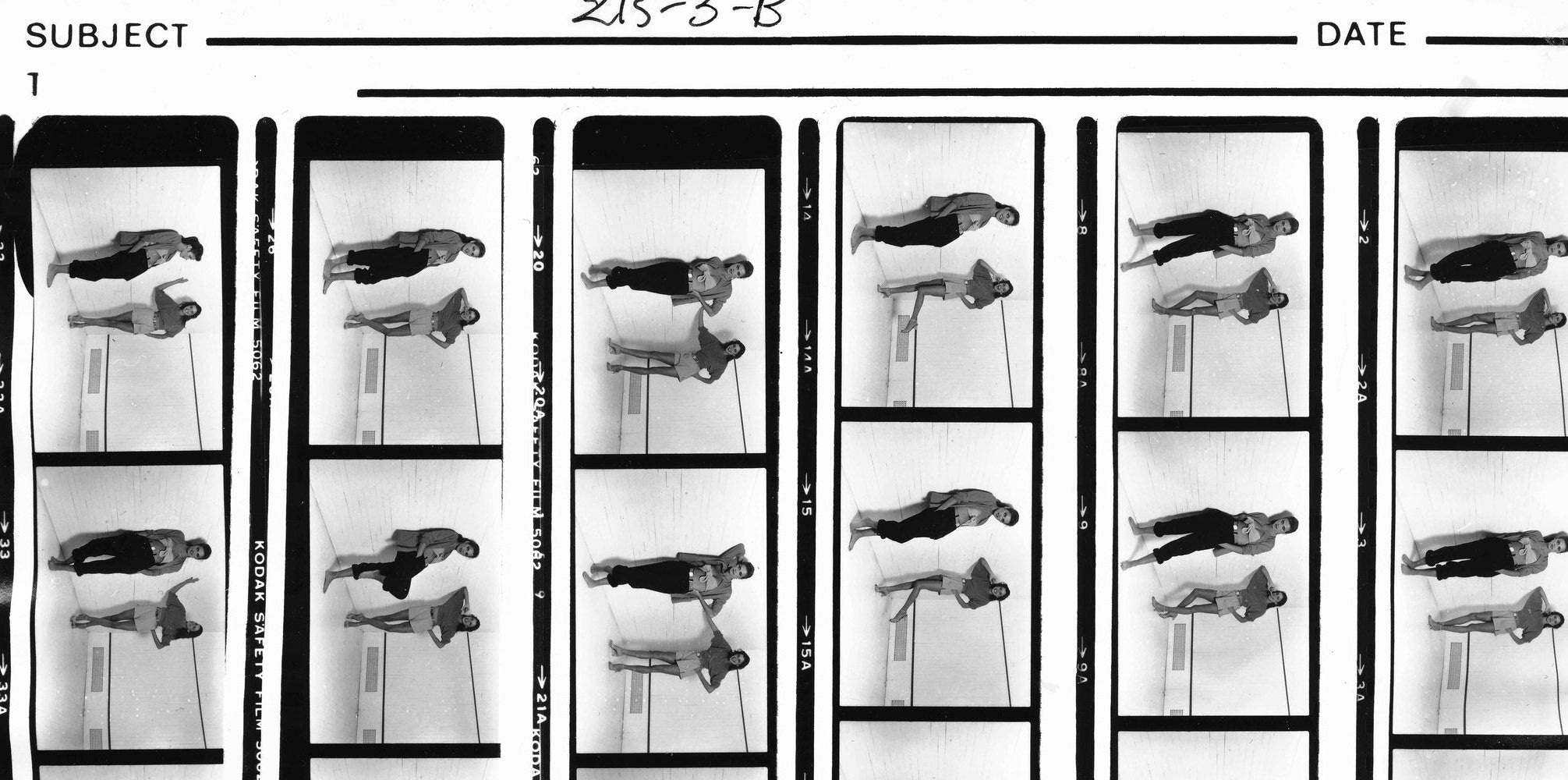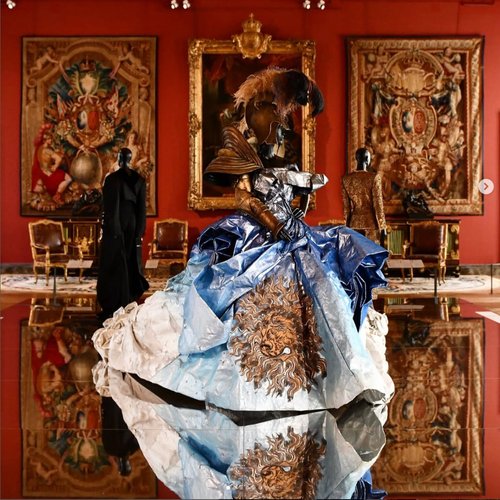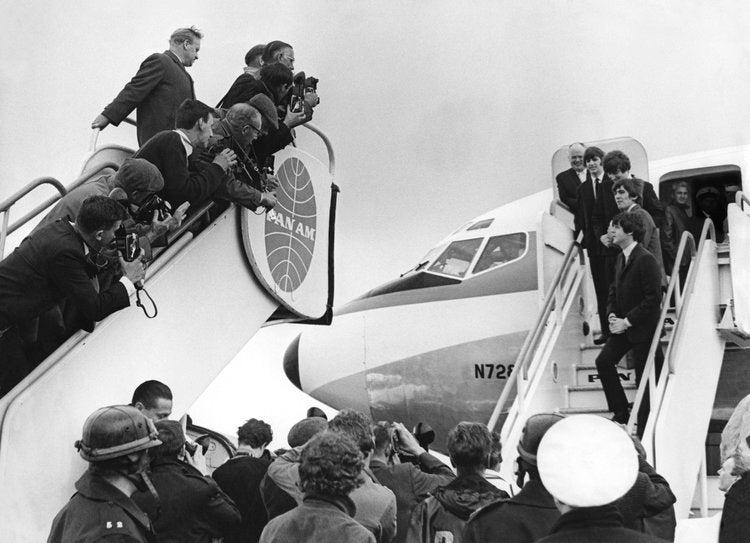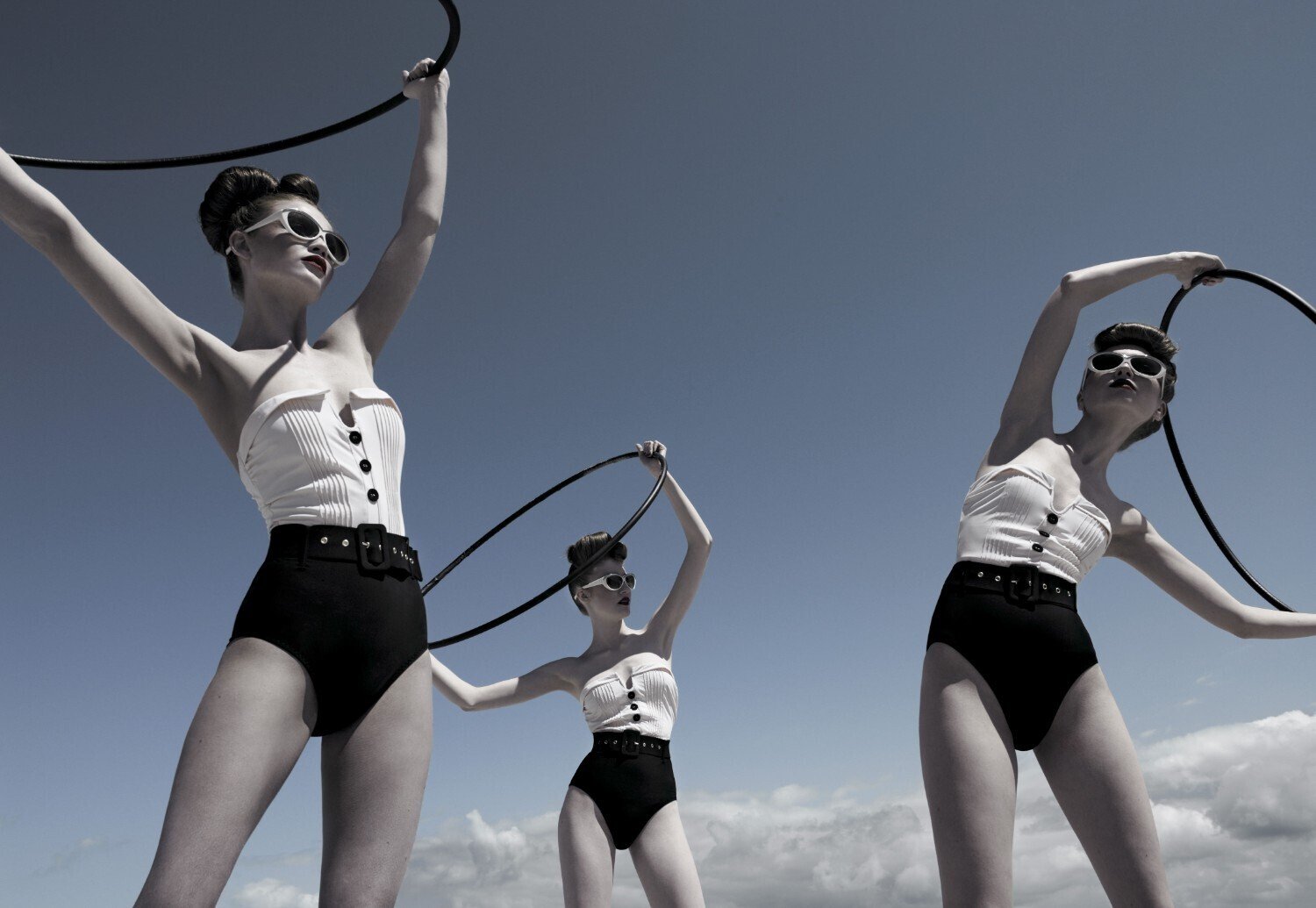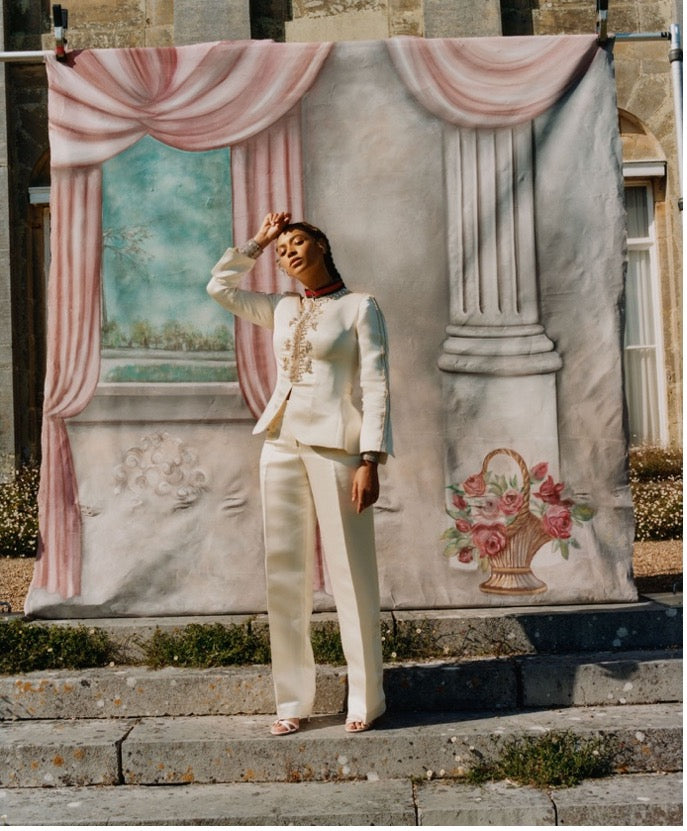Rarity and Edition Size in Photography Collecting
As part of The Selects Gallery Collectors’ Guide, this article explores one of the most influential factors in determining a photograph’s market value: rarity and edition size. Understanding how editions work helps both seasoned collectors or newcomers to the print market make informed decisions and recognize the nuances that define a work’s exclusivity and worth.
Edition Types
In photography, rarity is often determined by the number of authorized prints available.
There are three primary types of editions:
-
Unique or One-of-a-kind prints: These photographs exist as a single print. In other words, they are printed only once. They are never reproduced, making them among the most sought-after works for collectors seeking exclusivity.
-
Limited editions: These are photographs produced in a predetermined quantity. Once all prints in the edition are sold, the image will not be reproduced again in that format or size. In general, the smaller the edition, the more exclusive and therefore valuable, the work becomes—which can drive up demand.
-
Open editions: These have no fixed limit to the number of prints produced. While generally more affordable, they rarely appreciate in value as limited editions do, unless they gain historical or cultural importance over time.
Beyond these categories, collectors may also encounter Artist’s Proofs (A.P.). These are small numbers of test prints reserved for the artist’s personal use, often marked “A.P.” (or E.A. for Épreuve d'Artiste) or numbered in Roman numerals. They are not included in the edition's count and often kept by the photographer or donated to museums. Because of their rarity and close association with the artist, proofs can command higher prices on the secondary market.
 Jerry Hall and Andy Warhol (1978), Rose Hartman
Jerry Hall and Andy Warhol (1978), Rose Hartman
Limited Editions: What makes them valuable?
Limited editions are probably the most common type of print edition collectors encounter. Several factors contribute to the desirability of a limited-edition photograph:
-
Edition Size: The smaller the edition, the higher the potential value—exception made when the artist is particularly renowned. Some artists release editions of only five or ten prints; others may produce up to a hundred.
-
Edition Level: Some photographers limit editions by image, meaning all sizes of the same image count toward a single total edition number. Others limit by format, where each print size (for instance, 16x20 or 30x40) has its own distinct edition.
-
Depletion and Demand: As an edition sells out, prices for remaining prints may increase. Collectors often seek earlier numbers or final prints in an edition, both of which can be perceived as more desirable. Therefore, while buying the art, collectors should be on the lookout for the edition number, which is likely found on the work or within a certificate of authenticity.
Numbering and Notation
Limited-edition photographs are typically marked with a fraction such as "3/15", where the top number indicates the print’s sequence and the bottom number represents the total edition size. It’s important to note that this number doesn’t necessarily indicate the order in which the prints were produced. For instance, print 3/15 was not necessarily the third print produced. It simply designates their place within the authorized edition.
In addition to numbered editions, collectors may encounter specific proof markings:
-
P.P. (Printer’s Proof): Reserved for the printer who worked with the artist.
-
B.A.T. (Bon à Tirer): A French term meaning “good to print,” referring to the artist’s approved standard print for the edition.
-
H.C. (Hors Commerce): Meaning “outside of commerce,” these prints were traditionally not intended for sale but for exhibition or archival purposes.
 Brigitte Bardot Smoking Cigar, 1971 (Co-signed), Terry O'Neill
Brigitte Bardot Smoking Cigar, 1971 (Co-signed), Terry O'Neill
Authenticity and Certification
Every collectible photograph should be accompanied by a certificate of authenticity (COA). This document confirms the edition size, print number, and details about the print’s technique and materials. It may also bear a printed or handwritten signature from the artist. Signatures and markings can also appear directly on the work serving as vital indicators of provenance. They can be the print recto (front) or verso (back) using a pencil or archival ink, and other times, artists prefer their signature as a label or stamp. When acquiring a print, collectors should ensure these details are disclosed by the gallery or seller.
 Cher (2004), Francesco Scavullo
Cher (2004), Francesco Scavullo
The value of rarity
Rarity remains one of the most enduring measures of artistic and financial value in photography. The scarcity of a print, whether due to its edition size, artist’s proof status, or unique creation, imbues it with both exclusivity and historical significance. For collectors, understanding these distinctions transforms the act of acquisition into one of discernment: recognizing not only what makes a photograph beautiful, but what makes it truly rare.


